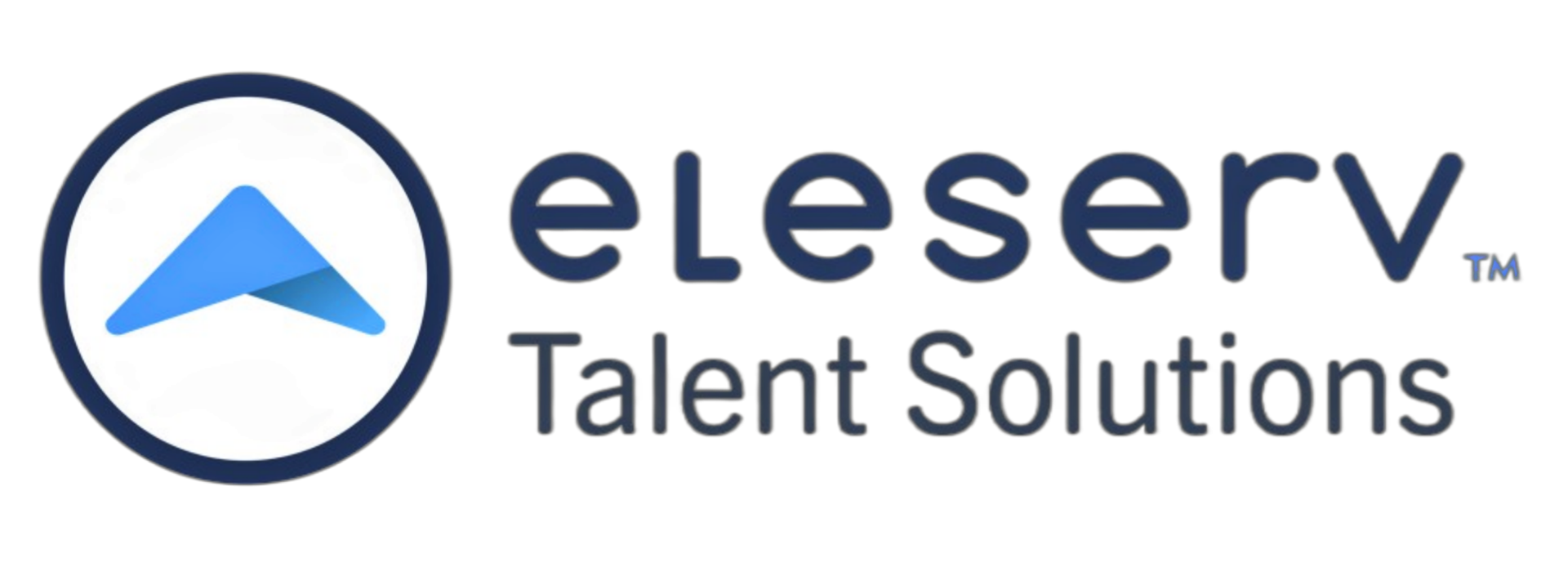Leveraging Data in Talent Management Practices
In today’s rapidly evolving business environment, leveraging data in talent management is no longer a luxury but a necessity. Data-driven insights have transformed how organizations attract, develop, and retain talent, aligning these practices with overall business objectives. From predictive analytics in recruitment to personalized development plans, data enables HR teams to make smarter decisions that drive employee performance, satisfaction, and retention. In this blog, we’ll explore how data can enhance every aspect of talent management, offering actionable insights to optimize your workforce.
The Role of Data in Recruitment
Hiring the right talent is a critical component of any successful business strategy, and data plays an increasingly vital role in this process. Traditionally, recruitment has been driven by gut feelings or subjective assessments. However, with advancements in data analytics, organizations can now use quantitative insights to assess candidate fit more accurately.
Predictive Hiring
By analyzing past hiring data and current workforce trends, organizations can predict the success of potential candidates in specific roles. This predictive hiring model helps in identifying candidates who are not only qualified but also a cultural fit for the company. Algorithms can scan resumes, assess behavioral data, and even analyze social media activity to create a more complete picture of a candidate’s suitability.
Skills Gap Analysis
Data can also help organizations identify skill gaps within their workforce. By mapping out the skills of current employees and comparing them to the skills required for upcoming projects or roles, HR can plan recruitment efforts accordingly. This targeted approach ensures that organizations focus on filling essential gaps rather than over-hiring or misallocating resources.
Data-Driven Employee Development
Once talent is onboarded, data continues to play a crucial role in employee development. Personalized development plans, driven by data analytics, can ensure that employees receive the training and resources they need to grow within the organization.
Performance Tracking
Through key performance indicators (KPIs) and continuous feedback systems, data enables a detailed tracking of employee performance over time. Regular performance tracking allows HR teams to adjust development plans in real time, addressing any gaps or issues as they arise. Employees also benefit from knowing exactly where they stand and what is expected of them, which promotes a sense of accountability and ownership.
Personalized Learning Pathways
Every employee has a unique set of strengths, weaknesses, and career goals. Data allows for the creation of personalized learning pathways tailored to each employee’s needs. These pathways are built on performance data, behavioral assessments, and personal preferences, ensuring that the learning experience is both relevant and engaging.
Retention and Employee Engagement
Employee retention is one of the most significant challenges facing organizations today. High turnover rates not only disrupt operations but also incur high costs in recruitment and training. Data-driven strategies can help mitigate these risks by identifying patterns in employee behavior that may signal disengagement or the risk of attrition.
Employee Engagement Surveys
Regularly collecting and analyzing data from employee engagement surveys provides insights into how satisfied employees are with their roles, managers, and the overall company culture. By understanding the factors that drive engagement or disengagement, organizations can make data-backed adjustments to improve employee satisfaction and retention.
Predictive Retention Models
Using predictive analytics, companies can develop models to forecast which employees are most likely to leave. These models are built on various data points, such as job satisfaction, recent performance, and career growth opportunities. By identifying at-risk employees early, HR can take proactive steps to re-engage these individuals, whether through personalized career development plans, training opportunities, or leadership coaching.
Aligning Data with Business Goals
For data to be truly effective in talent management, it must be aligned with overarching business goals. This alignment ensures that HR strategies support the company’s mission and growth plans, fostering a cohesive approach to talent management.
Strategic Workforce Planning
Data-driven talent management allows organizations to take a proactive approach to workforce planning. By forecasting future talent needs based on business growth projections and market trends, HR teams can anticipate skills shortages and plan development or recruitment efforts accordingly.
Measuring ROI on Talent Initiatives
One of the biggest advantages of using data in talent management is the ability to measure the return on investment (ROI) of HR initiatives. Whether it’s a new training program or a revamped recruitment strategy, data provides concrete metrics to assess the effectiveness of these initiatives. This continuous measurement enables organizations to refine their approaches and optimize resources for maximum impact.
Conclusion
Leveraging data in talent management offers a strategic advantage in today’s fast-paced business landscape. From recruitment to employee development and retention, data-driven insights help organizations make informed decisions that align with their business goals. By integrating data into every aspect of talent management, businesses can ensure they attract, develop, and retain top talent, setting themselves up for long-term success.


